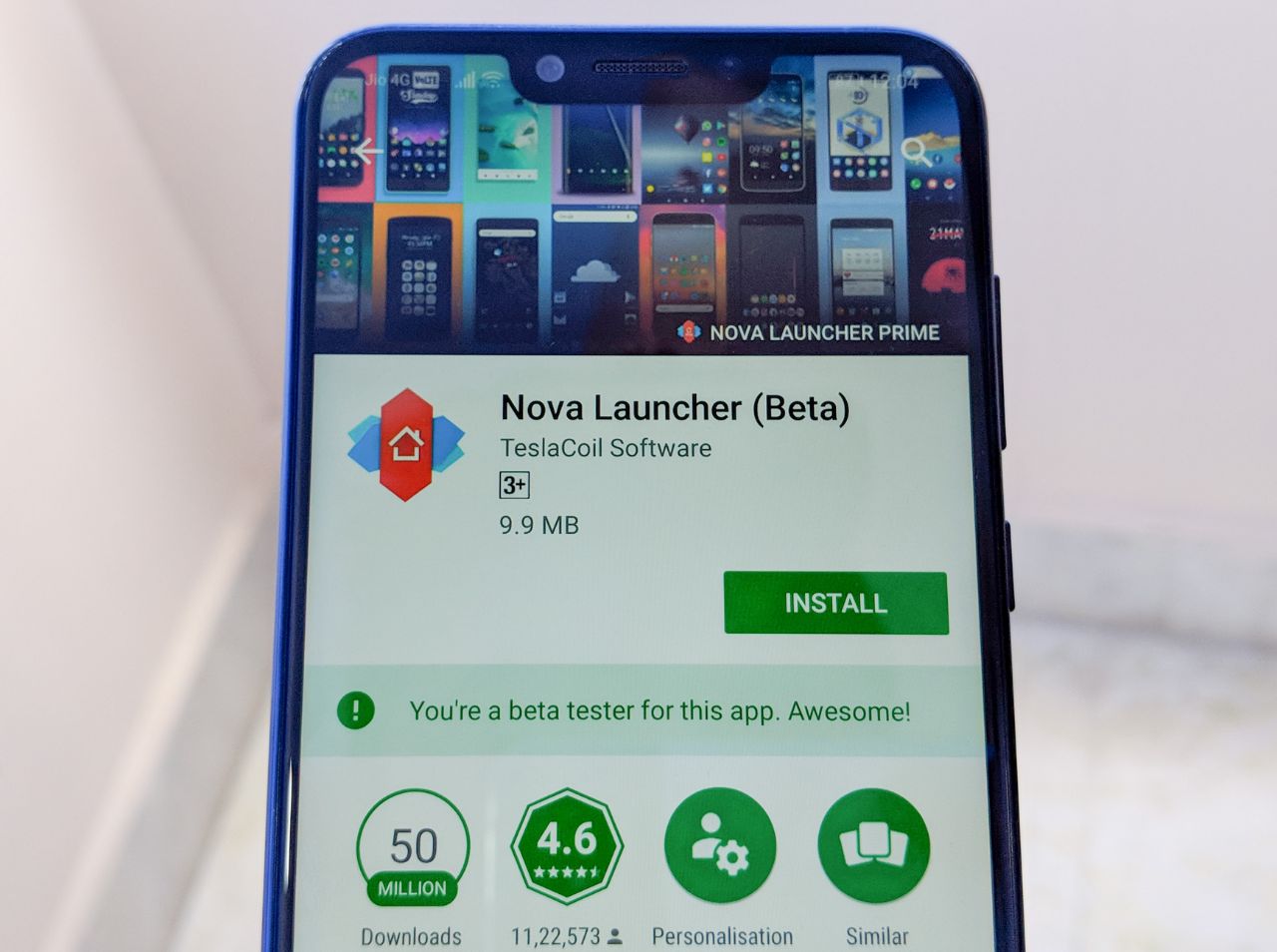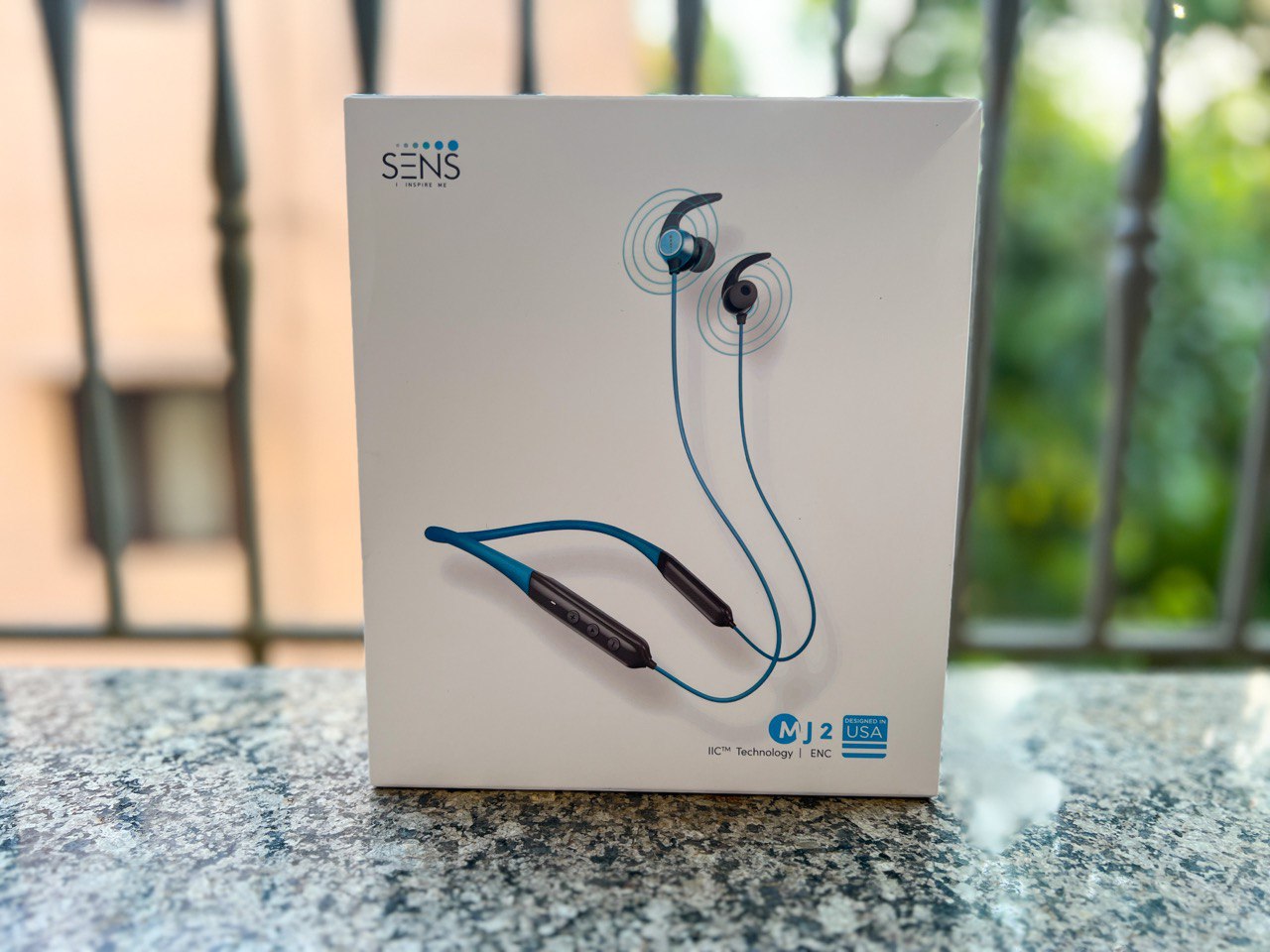

How many of you smartphone readers remember where the word “smartphone” came from? How many of you still remember the “good ‘ol days” when Pocket PCs reigned supreme? This marks the beginning of the death march for the Windows Mobile Operating system. Microsoft recently sent out e-mails to customers and developers of the WM Market to let them know the service was shutting down for good in May. Let’s take a quick look back at the times past of my once favorite mobile OS.
Windows Mobile began early on as a Personal Digital Assistant platform to aide enterprise users with their day to day tasks and schedule keeping. The original Windows CE kernel was first used in the debut of Microsoft’s Pocket PC 2000 Operating System. These devices were mainly used for replying to e-mail while you were away from your workstation, then having the messages sent once you sync back up later in the day. There were only a handful of devices with a cellular radio integrated into the hardware, but this practice did not reach popularity until 2005. Even when the platform was in its prime, having a cellular radio for calls and data was a feature, not a focus.
The purpose of Windows Mobile was more in line with giving users a familiar experience on a handheld device as to what they were accustomed to on their desktop PCs. This seemed to work, as Windows Mobile gained traction very quickly in the time following its release of Phone-enabled Pocket PCs. By 2004, Windows Mobile hit a growth spurt. It was attributed to 23% of worldwide Smartphone sales, coming in behind Nokia’s Symbian OS which commanded an overwhelming majority at the time. This gave it an overall worldwide total market share of 11%. Following 2005, it had obtained an unrealistic growth of nearly 40% per year.
These numbers became lost on most people. “Smartphones” were generally attributed to IT personnel and the businessmen of the times. Due to its initial driving design of being as much like Windows XP in your palm as possible, the user interface was less than astounding to the general public. In order to grow into the consumer market, Microsoft had the daunting task of competing with the UI of Apple’s new iOS driven iPhone. The UI was so simple, a child could use it with ease, but it retained the power needed to do even more challenging tasks attributed to smartphones. In this regard, it turned out to be HTC who delivered the help Microsoft needed to push back.
HTC’s Touch Flo interface was built on their existing Manila UI. This skin overlaid on top of Windows Mobile. The user had no need of seeing the aging operating system, but could still do all the things that the powerful Windows Mobile software allowed, only with a prettier look. HTC took the skinning even deeper into the operating system with the upgrade from Touch Flo to Sense. By all rights, it is my opinion that HTC is responsible for allowing Windows Mobile to hang on as long as it did with their work.
When all is said and done, it is the sales figures that determine the outcome of these battles. Windows Mobile’s aging interface, disjointed app selection, and poor marketing led to its slow decline. Apple marketed their iDevices, while Google’s OEM partners did the same with Android. RIM continued to focus on enterprises, while Nokia catered to the feature phone market. Windows Mobile no longer had a proper place in the market. This is a fact Microsoft themselves came to realize soon enough.
With Windows Mobile 6.5 being the final official release, Microsoft was preparing work on Windows Mobile 7 when a drastic rebranding gave the company an entirely new shape. They looked around at their competitors, saw what was working for them and began to target the consumer market. Out of this epiphany, Windows Phone 7 was born.
Windows Mobile began being phased out with the discontinuation of Microsoft services. Even HTC gave up on the platform when Twitter changed their API. HTC did nothing to fix their own software, HTC Peep, when Twitter made its API more secure. The Microsoft MyPhone service, which provided a convenient way to back up all personal information on the device, was shut down at the beginning of Q4 2011. Just this past week, Microsoft announced that the Windows Phone market for Windows 6.5 will be shutting down this coming May.
Given all of this information, and looking at the trends in the market, I suppose it is fair to say that Microsoft should have seen this coming, or at least reacted sooner. Nothing can be done about it now, however. Microsoft is putting all of their efforts into the up and coming Windows Phone 7 platform and its Metro UI, debuting in its newest OS as well. It is with these final thoughts that I commit Windows Mobile to the grave. Copper to copper; silicone to silicone. Windows Mobile will always hold a special place in my heart.









